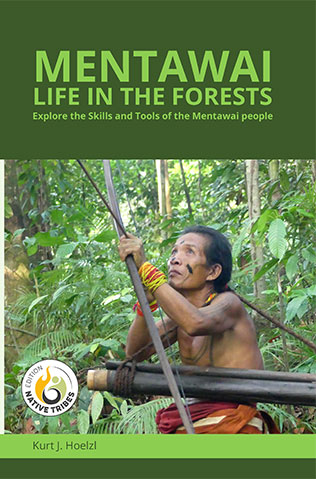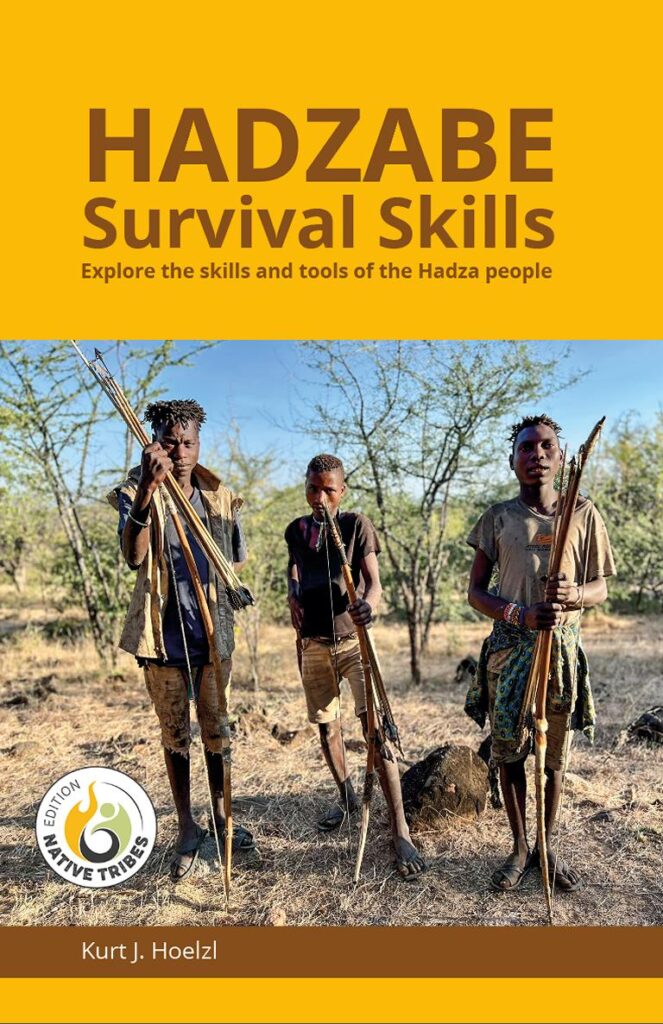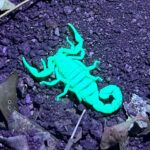About the Khao Sok National Park
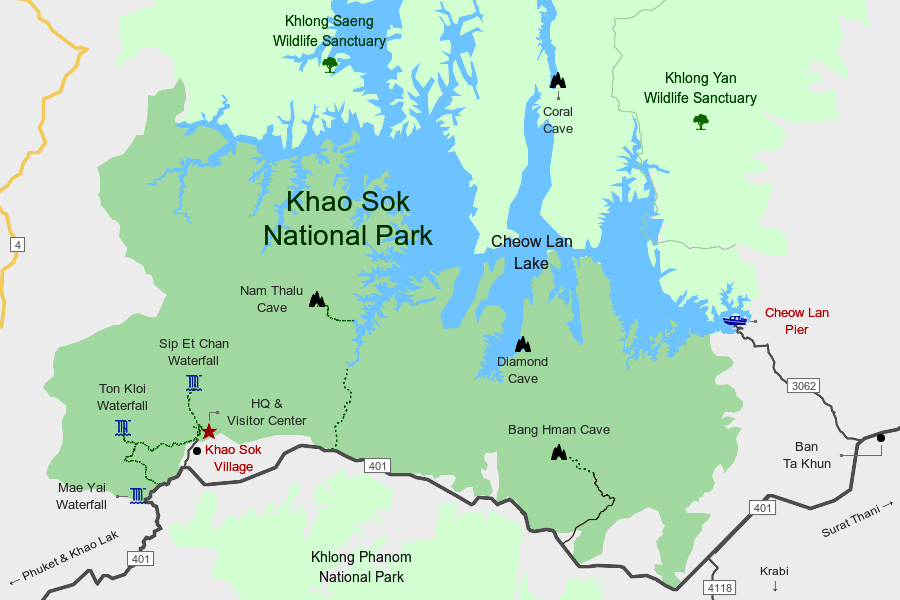
The Khao Sok National Park is located in the Surat Thani province of Thailand, and about 150 km north of Phuket in a straight line. Cheow Lan Lake on the northern park border serves as the main water reservoir for Phuket and its surroundings. The highlights of Khao San NP are its biologically diverse evergreen tropical forests and geological karst topography. In Thailand, however, the attractiveness of ational Parks is seen in the number and size of caves and waterfalls. I prefer gibbon calls over waterfalls.
The park entrance and the park headquarters are at the Khao Sok village, which transformed from a quaint rural town in 1996, when we visited it for the first time, to an overcrowded tourist trap by the end of 2023. But also, the genuine friendliness of the local population towards foreigners adapted to this transformation. Unfortunately.
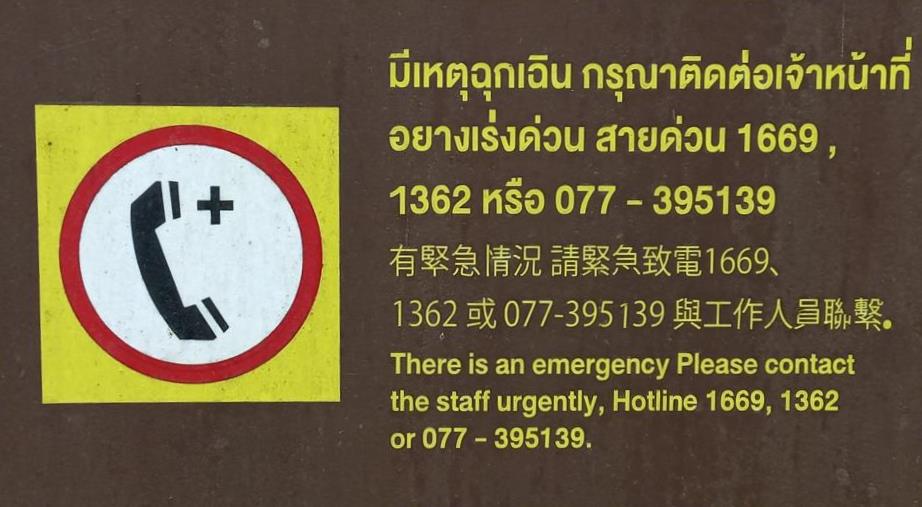
Right behind the entrance gate to the NP, a large billboard is posted, warning visitors about the dangers in the rainforest. And in case of an emergency, telephone numbers are provided for help. I wondered why these kinds of risks were chosen so prominently, and, therefore, want to discuss them below.
Types of dangers announced
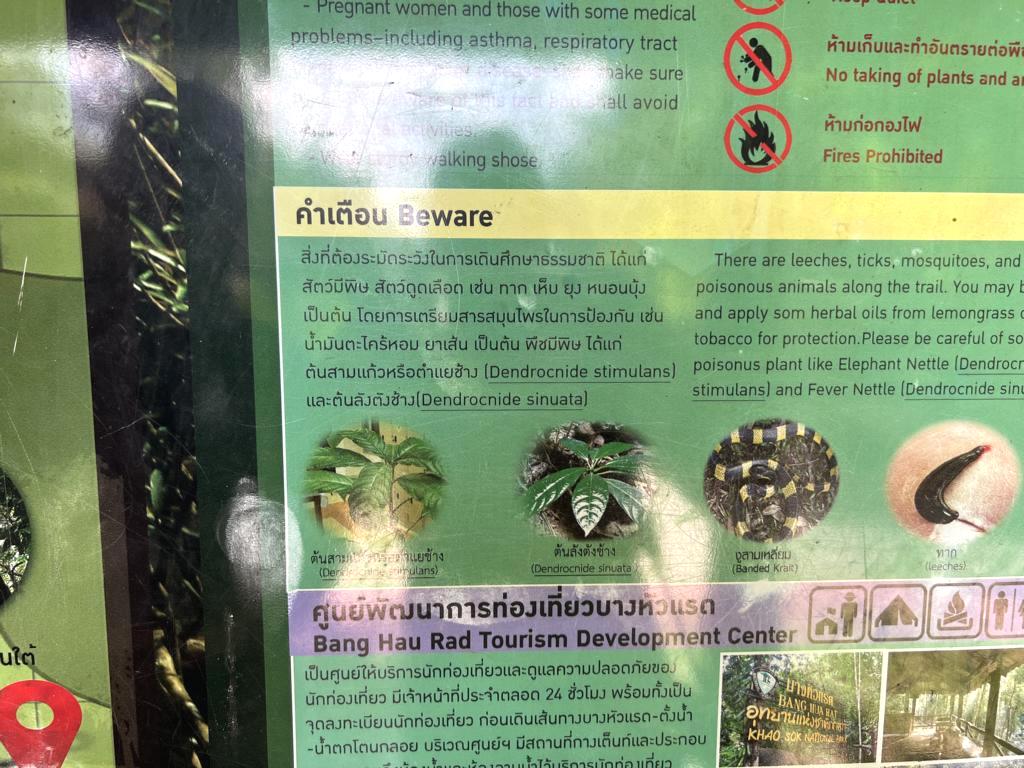
On the billboard, the English translation of the original Thai text reads as follows:
‘There are leeches, ticks, mosquitoes, and poisonous animals along the trail. You may bring and apply some herbal oils from lemongrass or tobacco for protection. Please be careful of some poisonous plants like Elephant Nettle (Dendrocnide stimulans) and Fever Nettle (Dendrocnide sinuata).’
And below this announcement, the four plants and animals are shown that visitors should avoid. These are both nettle species, the Banded Krait snake, and leeches. Let’s discuss them one by one.
Elephant nettles (Dendrocnide stimulans)
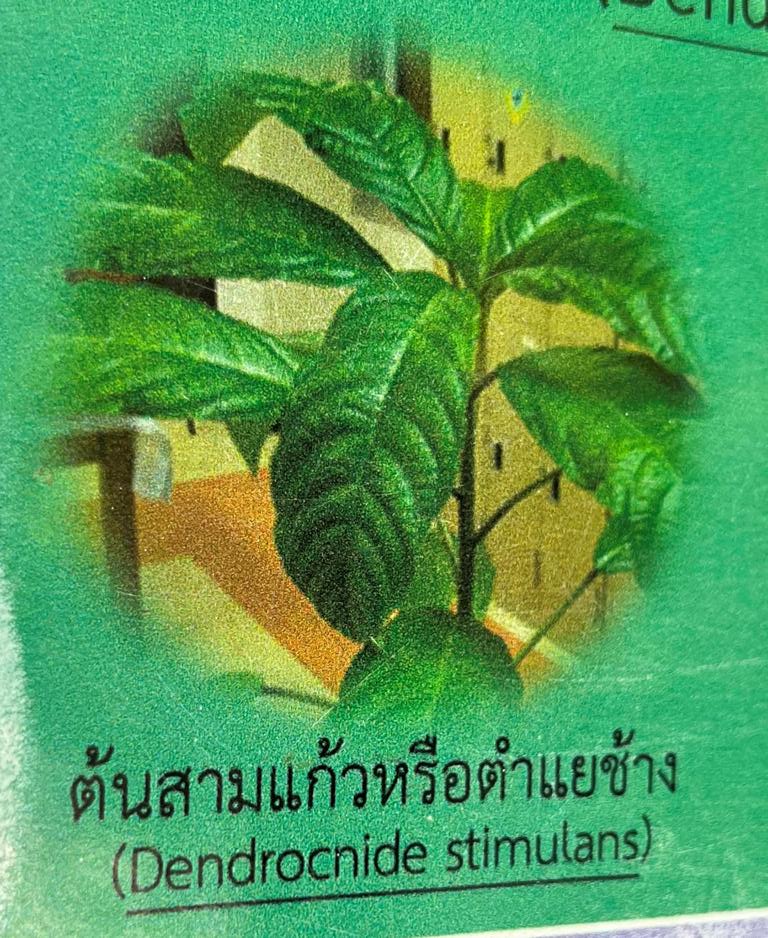
Elephant nettle is an English translation and simplification of its Thai name. It is better known under the common English name of the Upas tree. Its leaves and stems are covered with silica-tipped trichomes, which inject a potent neurotoxin cocktail into the skin of humans when touched. The plant slowly sheds these trichomes; therefore, younger leaves have more of these. Older leaves are often no longer covered with these needles. Stings are excruciating and are among the most dangerous in the whole genus, which includes 37 species. When stung, the effects are a burning, electric shock feeling, which can last for days or even weeks. Dendrocnide stimulans stings are rated as medicinally significant.
Fever nettles (Dendrocnide sinuata)
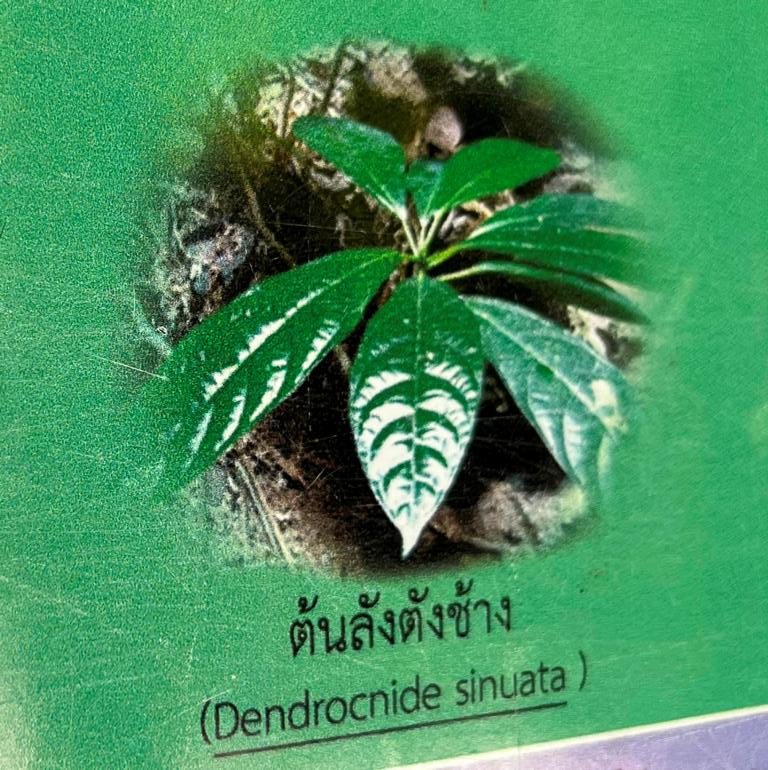
Fever nettle stings are considered very painful, but less intense than D. stimulans stings. Its effects are felt as burning and irritated skin with increased numbness. They last only a short time, typically from a few minutes to several hours, similar to multiple stings of Urtica species (Stinging nettles). D. sinuata stings can be successfully treated with traditional remedies, like lime juice, turmeric, or camphor. Once, when I was stung in Sumatra by D. sinuata, I smeared camphor on the affected area, and the symptoms subsided immediately.
Banded Krait (Bungarus fasciatus)
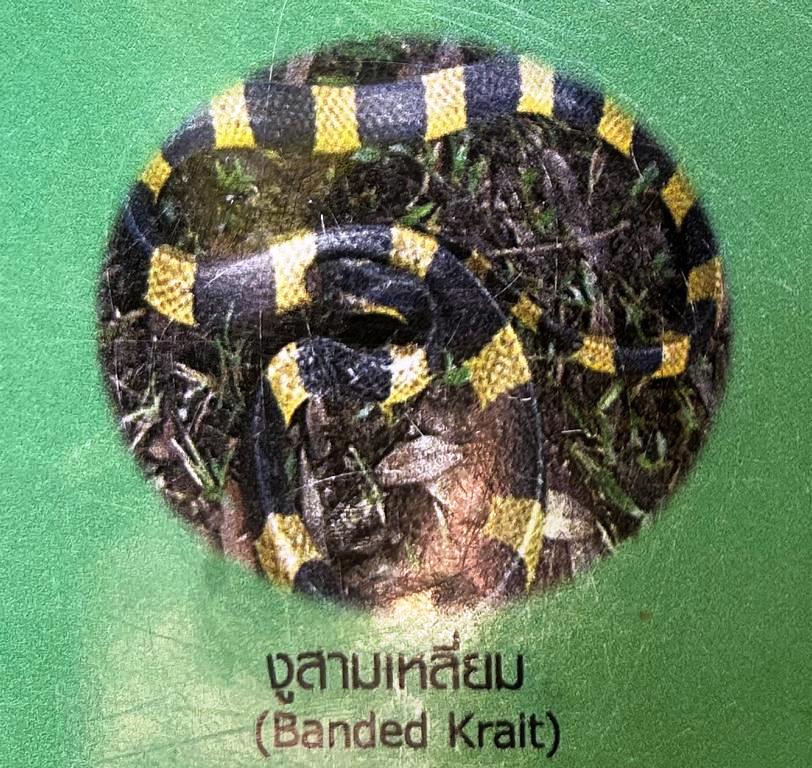
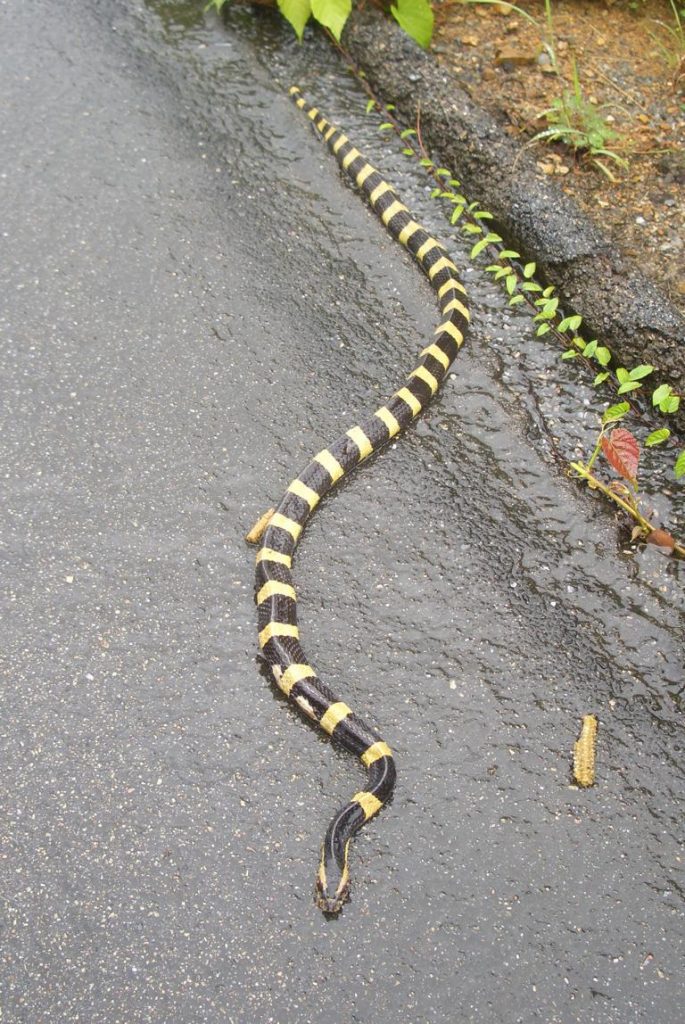
Banded Kraits are large, terrestrial, and nocturnal snakes with a typical black-and-yellow banding pattern across the whole body. The body itself is triangular-shaped, which is further accentuated by its extended vertebral scales. Banded Kraits show two different behaviors—one during the day and one at night. During the day, Kraits hide away and behave very sluggishly. When disturbed, they will even hide their head below their coils and will only bite on persistent provocation. During nighttime, however, they are aggressive and will strike readily.
Banded Krait venom is neurotoxic, and its untreated bite fatality rate is from 1 to 10%. In Thailand, a specific Banded Krant antivenom is available, coded: SAsTRC04.
Leeches
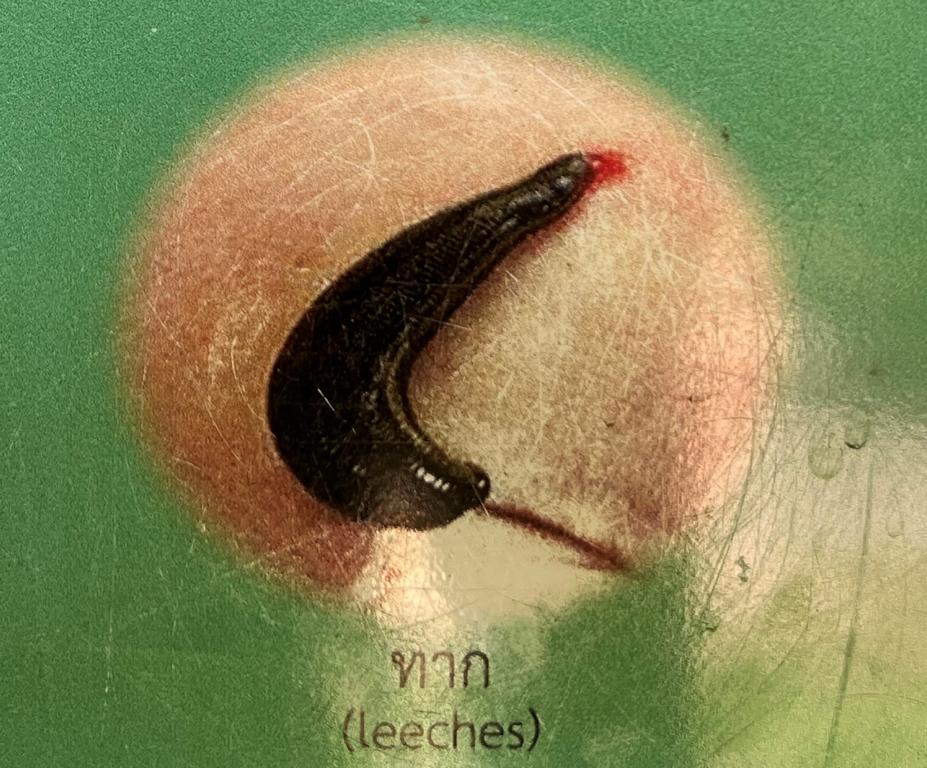
Leeches are not further discussed here, as they are well-known to the general public, do not pose a danger, but are just a nuisance. Protection against leeches was discussed in one of my former articles about jungle footwear, which can be found here.
Discussion of the announced dangers in the Khao Sok NP
Having been made aware of these so-called dangers, I will from now on call them risks, as they are not dangers.
The first risk announced, the Upas trees (Elephant nettles), are generally speaking, dangerous. At Khao Sok NP, however, they will not be encountered within at least two meters on either side of the official walking trails. And, walking off these trails without an official guide is anyway prohibited.
For the second announced risk, the Fever nettles, the same is valid as discussed with the Elephant nettles. They were removed around the official trails. And they are more of a risk than a real danger.
Banded Kraits are nocturnal, not diurnal. Treating one of them during the daytime is highly unlikely. And walking around in the rainforest at nighttime is only done in small groups with a night-walking guide, who will know how to behave when encountering them. Leeches are just a nuisance.
Therefore, in summary, all four announced risks are, in my humble opinion, arbitrary and general information, which do not address the real dangers for the visiting tourists.
What are the real dangers at Khao Sok NP?
Statistically, the most significant dangers in Khao Sok are flash flood events in caves during the rainy season and physical injuries associated with the rugged terrain and getting lost. Also, falling from waterfall ledges, usually in a drunken stupor, stands high on the hit list.
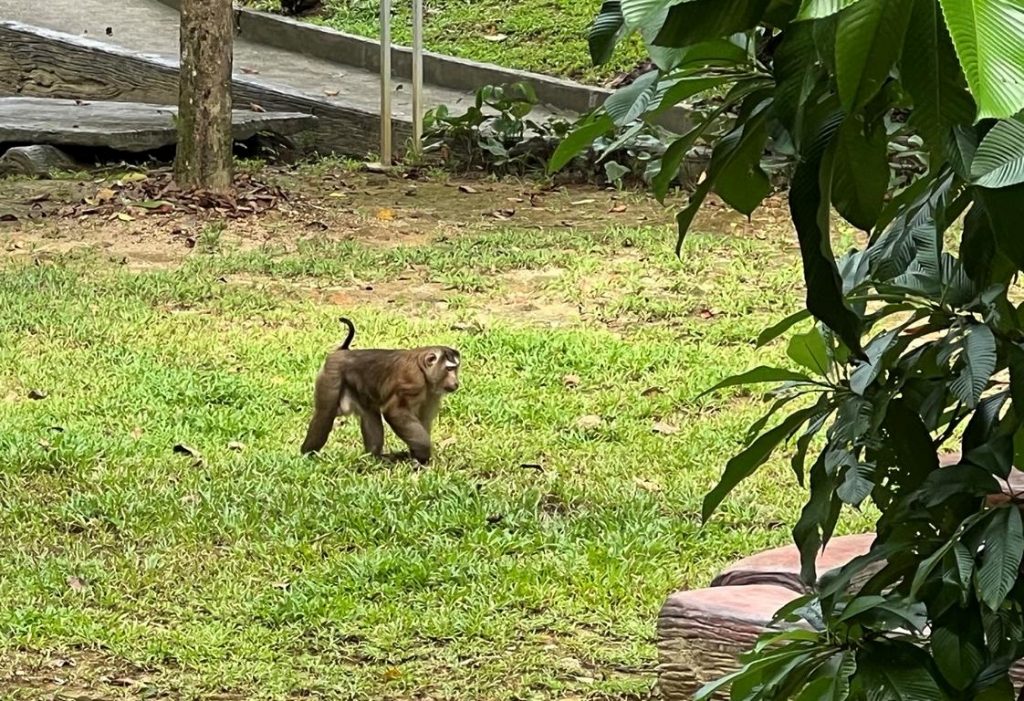
Besides these potential injury sources, encounters with macaques can go wrong. Troops of long-tailed and pig-tailed macaques roam the headquarters area and the forests. Especially, pig-tailed macaques are temperamental. Most of them are habituated to tourists, who frequently feed them. They have lost most of their shyness and will physically demand food they can see. And if a tourist does not hand over this food and stares into the eyes of the demanding male macaque, an attack can easily follow. This can end in nasty bites and a need for five consecutive rabies shots.
Seldom are serious snake bites. Statistically, in the whole of Thailand, there are only 10 to 20 fatalities annually, which are mainly cobra or pit-viper bites. Elephant encounters are rare, and insect-related incidents occur frequently, but are mostly not serious.
In summary, the main dangers at Khao Sok are not nettle plants, banded kraits, and leeches. But they are physical injuries, getting lost, and monkey bites.
Lessons learned about the dangers in the Khao Sok National Park:
- At the Khao Sok National Park entrance, a billboard warns visitors about the risks and dangers.
- These dangers are two species of nettles, the banded krait snake, and leeches.
- Especially, the Elephant nettle is dangerous; the Fever nettle is more of a nuisance.
- Banded Kraits are highly unlikely to be encountered during the day.
- Leeches are certainly not a risk or danger.
- The real dangers at Khao Sok are flash floods in caves, injuries in the rough terrain or on waterfalls, and getting lost.
- Another serious risk is getting bitten by habituated macaques.
.

